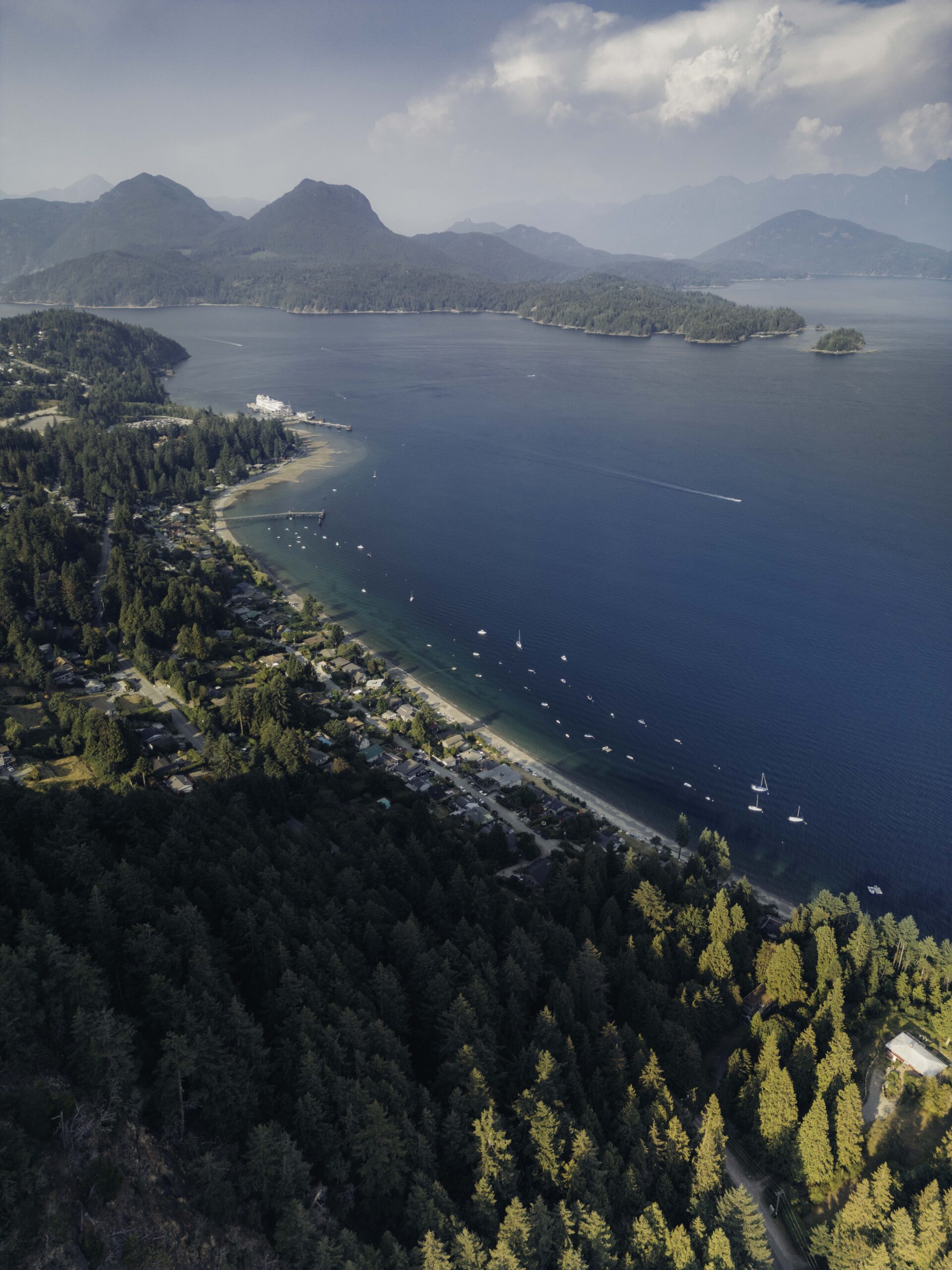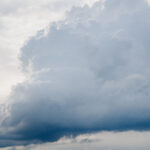How to Take Better Drone Photos with the DJI Mini 3 Pro
The DJI Mini 3 Pro is a powerful and compact drone that offers incredible aerial photography capabilities. Whether you’re a beginner or an experienced drone pilot, mastering a few key techniques can help you take your drone photos to the next level. Here’s how to make the most of your DJI Mini 3 Pro for stunning aerial shots.
Understand the Camera Settings
The DJI Mini 3 Pro comes with a range of camera settings that allow you to adjust your photos to different lighting conditions and scenes. Familiarize yourself with the basic settings:
- Photo Mode: Use Single Shot for most situations, but don’t overlook other modes like AEB (Auto Exposure Bracketing) for high-contrast scenes, or Burst for capturing fast-moving subjects.
- ISO: Keep the ISO as low as possible (100-400) to avoid noise in your photos, especially in low light.
- Shutter Speed: Adjust the shutter speed based on the lighting conditions. For crisp photos, especially in bright conditions, use a faster shutter speed.
- White Balance: Set the white balance manually to match the lighting conditions (e.g., Daylight, Cloudy, or Custom) to avoid color casts in your images.
Tip: Shoot in RAW format whenever possible to retain more detail and give yourself more flexibility in post-processing.
Master the Rule of Thirds
Just like in traditional photography, composition is crucial in drone photography. The DJI Mini 3 Pro has a grid overlay option that helps you apply the rule of thirds. Place key elements like the horizon, buildings, or trees along these lines or at their intersections to create balanced and compelling compositions.
Tip: Experiment with different angles and altitudes to see how they affect your composition. Sometimes, a slight shift in perspective can make a big difference.
Use ND Filters
Neutral Density (ND) filters are essential for controlling exposure in bright conditions. The DJI Mini 3 Pro supports ND filters, which reduce the amount of light entering the camera. This allows you to use slower shutter speeds for smoother, more cinematic shots, especially when shooting videos.
Tip: Use an ND8 or ND16 filter on sunny days to prevent overexposure and maintain detail in bright areas.
Capture the Golden Hour
The golden hour—the time just after sunrise and before sunset—offers soft, warm light that’s perfect for aerial photography. During this time, shadows are longer, and the light is more diffused, giving your photos a warm, inviting glow.
Tip: Plan your flights around the golden hour for the best lighting. Use apps like Sun Surveyor or The Photographer’s Ephemeris to determine the exact timing.
Experiment with Different Perspectives
One of the biggest advantages of drone photography is the ability to capture unique perspectives. Don’t just shoot from high altitudes—try flying low to capture detailed shots of landscapes or architecture. Play with angles to create more dynamic compositions.
Tip: Use the Top-Down or Bird’s Eye View perspective to create abstract and geometric compositions that are impossible to achieve with a traditional camera.
Focus on Leading Lines
Leading lines are powerful compositional tools that guide the viewer’s eye through the image. When shooting with your drone, look for natural or man-made lines in the landscape—roads, rivers, shorelines, or even rows of trees—that lead towards a point of interest.
Tip: Align your drone with these lines to create a sense of depth and direction in your photos.
Utilize the Smart Features
The DJI Mini 3 Pro is equipped with smart features like QuickShots, MasterShots, and FocusTrack that can help you capture more creative and professional-looking shots with ease.
- QuickShots: Use modes like Dronie, Circle, Helix, and Rocket to capture cinematic shots automatically.
- MasterShots: Allows you to select a subject, and the drone will capture a sequence of shots with various maneuvers.
- FocusTrack: Includes ActiveTrack, Spotlight, and Point of Interest, which can help you keep your subject in focus while flying.
Tip: Practice using these modes in different scenarios to see which works best for your photography style.
Check the Weather Conditions
Always check the weather before flying your drone. Wind, rain, and poor visibility can make it challenging to capture sharp photos and can even be dangerous for your drone. The DJI Mini 3 Pro is lightweight, so it’s particularly sensitive to strong winds.
Tip: Fly on calm, clear days for the best results. If the wind picks up, consider landing your drone to avoid blurry shots or accidents.
Keep an Eye on Your Battery
The DJI Mini 3 Pro has impressive battery life, but it’s always a good idea to keep an eye on your remaining power, especially during extended flights. Plan your shots ahead of time and make sure you have enough battery to return to your takeoff point safely.
Tip: Bring extra batteries on your shoots so you can swap them out and continue capturing great photos without interruption.
DJI Mini 3 or Mini 4 Pro – Image Settings
Post-Processing
Post-processing can take your drone photos from good to great. Use software like Adobe Lightroom or Photoshop to adjust exposure, contrast, and color balance. Since you’re shooting in RAW, you’ll have more flexibility to recover details in both the highlights and shadows.
Tip: Don’t over-process your photos. Aim for a natural look that enhances the scene without making it look artificial.
Final Thoughts
The DJI Mini 3 Pro is a fantastic tool for capturing stunning aerial photos, but like any camera, it requires some practice and knowledge to use effectively. By mastering the camera settings, experimenting with composition, and taking advantage of the drone’s smart features, you can create incredible images that stand out. So, get out there, explore new heights, and let your creativity soar!



